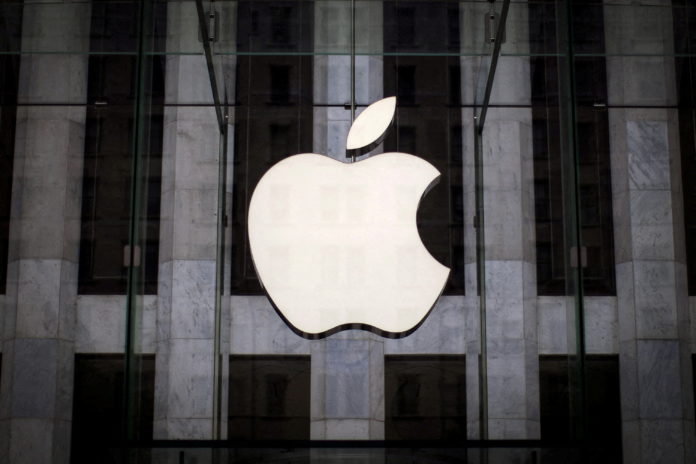
Stocks were crunched again today as the bears dragged the market to its June lows. The Dow, S&P, and Nasdaq Composite all fell. Sagging energy shares led the way.
Much of the market’s initial bearishness was driven by a pre-market note from Goldman Sachs head strategist David Kostin. Kostin slashed his S&P year-end price target to 3,600, down significantly from his prior target of 4,300. Today’s price target reduction continued Kostin’s trend of revising his year-end targets lower with each consecutive update. Earlier in the year, Kostin thought the S&P would finish 2022 at 5,100.
Times have changed.
“Based on our client discussions, a majority of equity investors have adopted the view that a hard landing scenario is inevitable and their focus is on the timing, magnitude, and duration of a potential recession and investment strategies for that outlook,” Kostin wrote in a note to clients.
He places most of the blame for the price target cut on surging real yields.
“The higher interest rate scenario that we now incorporate into our valuation model supports a P/E of 15x (vs. prior forecast of 18x) and implies a year-end (3-month) S&P 500 target of 3600 (-5%) and 6-month and 12-month forecasts of 3600 (-5%) and 4000 (+6%),” Kostin said.
“Equity valuations have closely tracked real interest rates until recently. Real yields have soared from 0.4% to 1.3% during the past month and could reach 1.5% by year-end. For context, real yields were negative 1% at the start of the year when the S&P 500 index hit an all-time high of 4800 and traded at a P/E of 21x. The tightest yield gap between equities and rates since the pandemic further tilts the balance of risks to the downside.”
Kostin’s note was accompanied by a striking chart that showed the S&P’s forward P/E multiple and real 10-year Treasury yields (inverted).

The market’s already down big, but if the trend in the chart above holds, then we’ll see additional losses before October. An extremely strong dollar has done little to stave off the recent wave of selling as weakness in other currencies pushed the dollar ever higher.

Apple Inc. (NASDAQ: AAPL) encountered some issues today as well despite outperforming the general market over the last week. The stock traded lower today, bouncing off support at roughly $148.00 before closing slightly above it.
AAPL closed below the 10-day moving average on Wednesday after the Fed raised rates is now facing a big drop should it trade below support.
For those reasons, it might make sense to take AAPL short with a trade trigger of $147.07, below today’s low, as the general market lingers near critical support of its own.







